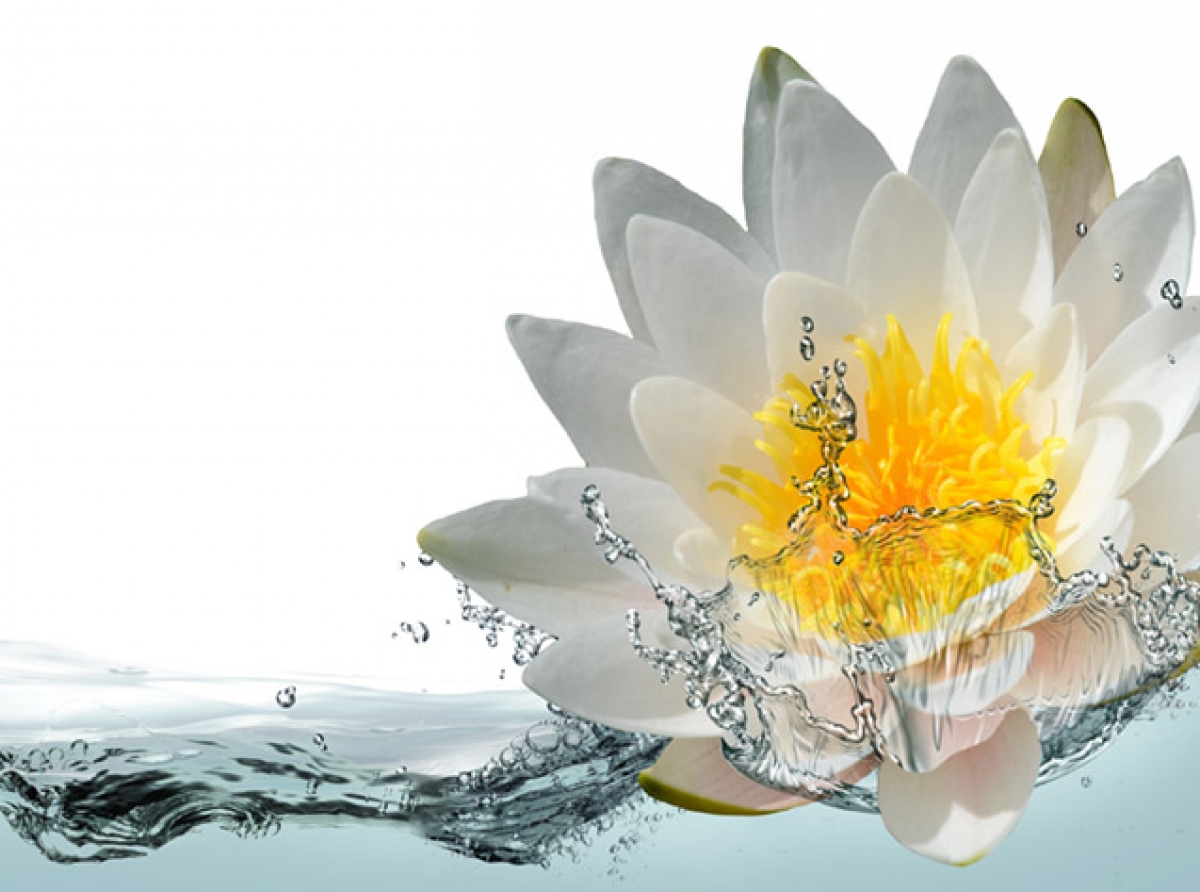The leaf of the lotus flower is famed for its ability to shed water and keep itself clean and dry. Can we learn from biology and design materials with similar properties? That is the objective of the 14 academic and industrial partners in the EU-funded OYSTER project who are exploring the ‘wettability’ of surfaces and how they can be engineered to order.
‘Most materials are either in contact with the atmosphere or with water or other liquids,’ says project coordinator Marco Sebastiani, from the University of Roma Tre in Italy. ‘So, you may want to control how the water interacts with those surfaces.’ A surface that repels water, like the lotus leaf, is said to be hydrophobic. A surface that attracts water is hydrophilic.
The impetus behind the project came from industry. One company was seeking new hydrophilic materials for soft contact lenses while another wanted to make hydrophobic aircraft windows that shed water and are self-cleaning. ‘These were two completely different applications but the scientific problem was the same: first of all, how to control the wettability by engineering the surfaces and then how to measure the wettability.’
Triangular approach
OYSTER is based on what Sebastiani calls a ‘triangle’ of three pillars: characterisation, manufacturing and modelling. First, the project is working with the European Materials Characterisation Council to design standard methods for measuring and characterising the wettability properties of surfaces.
Then researchers will use advanced manufacturing and coating technologies to create surfaces of specified wettability. ‘We also want to develop models that can predict what the wettability will be by changing the chemistry or morphology of the surface. So, we are working on these three main pillars and trying to bring these advanced applications to actual industrial products.’
Now at the halfway point of the four-year project, the researchers will shortly complete a series of protocols for measuring wettability and other surface properties. ‘We are already testing samples from the industrial partners,’ Sebastiani says. ‘Next we will use the protocols to design and create new materials with controlled wettability.’
Open innovation
Although the project’s immediate objective is to produce solutions for the healthcare and aeronautics sectors, another aim is for OYSTER to lead the way in creating what is known as an Open Innovation Environment, a web platform where researchers and companies can share ideas.
‘The outcomes of the project will not be restricted to the two main applications and the companies involved,’ Sebastiani explains. ‘We will share the data and the knowledge that we will produce during the project. Then we will be able to find other companies, other SMEs in particular, that may be interested in these applications.’
Applications could be in any field where a solid surface interacts with a liquid. Sebastiani thinks the most important will be prosthetic implants such as knee and hip joints, intended to bond with the surrounding tissue. ‘If you can control the wettability you can control very finely how the cells grow on these surfaces.’
Sebastiani hosted an open day in Brussels on 28 November to showcase OYSTER and related projects and, most importantly, to promote the Open Innovation Environment for industry as a whole. ‘In future, there will be areas for any kind of industrial problem,’ he says. ‘This could be an engine for solving problems coming from industry in a much quicker, more effective way.’
Project details
- Project acronym: OYSTER
- Participants: Italy (Coordinator), Greece, Ireland, UK, Germany, France, Switzerland, Belgium, Luxembourg
- Project N°: 760827
- Total costs: € 3 999 752
- EU contribution: € 3 999 752
- Duration: December 2017 to November 2021
Source: European Commission
